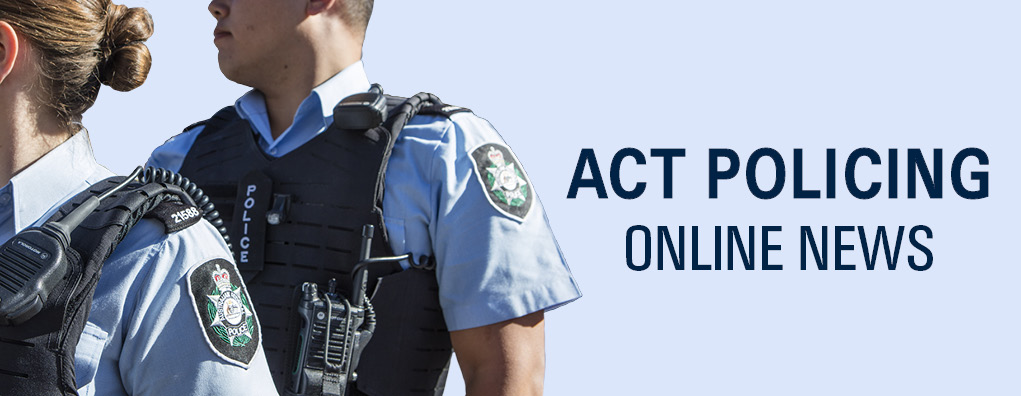ACT learner and provisional drivers
For information on Learner and Provisional drivers in the ACT view the ACT Road Rules Handbook.
Driving interstate
Many of the road rules for ‘L’ and ‘P’ plate drivers remain the same when they drive interstate between the ACT and NSW, however there are some key differences.
Learner drivers can drive to the posted speed limit in the ACT. However, when driving in NSW, learner drivers must check with the jurisdiction where you intend driving for local speed regulations that apply.
For information on the road rules when driving in NSW visit the NSW Roads and Maritime website.
Displaying L and P plates
P and L plates must be clearly displayed on the front and rear of the vehicle in a way that is easily visible for other drivers. The plates must be the correct colour and size (155mm by 155mm) and the full letter must always be visible.
Plates specifically designed to be displayed in the front or rear windscreen may be used. However, a slanted windscreen is not suitable for displaying plates as the plate will face up, towards the sky, and won’t be easily visible to other drivers.
Other options, such as magnetic plates, plate display brackets and plate clips are also available.
Alcohol Limits
For learner and provisional drivers, the blood alcohol concentration limit is zero.
Driver trainers (including driving instructors, driver assessors and any person who is supervising a learner driver) can also be required to undergo random breath testing.
Driver trainers are subject to a zero blood or breath alcohol concentration. If any alcohol is present in your blood or breath you are committing an offence and will be fined.
Mobile device ban for L and P Plate drivers
Learner and provisional drivers are subject to a full mobile device ban. So, when you’re driving – it is illegal to text, use social media, use blue-tooth, handsfree or speaker mode.
Any activity that distracts a driver can result in more lane deviations, driver reaction delays and the risk of not anticipating potential hazards.
There is an exception for using a mobile device for GPS, provided the device is secured in a mounting affixed to the vehicle (eg. mobile phone holder, blue-toothed) and does not require interaction by any means, including by voice, while driving. You should set up your GPS instructions before you drive.
Drivers are also encouraged to put the phone into Do Not Disturb mode to remove the temptation to touch it to skip songs or change apps.
For more information on the GLS scheme visit the ACT Government City Services Website.






